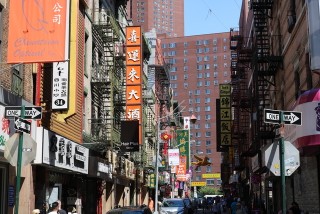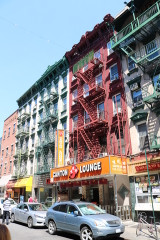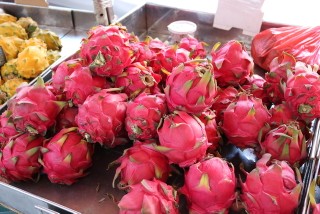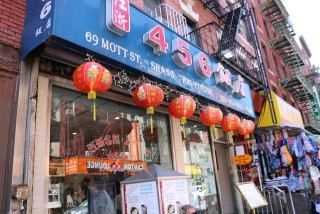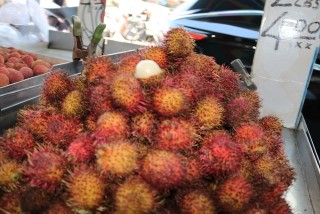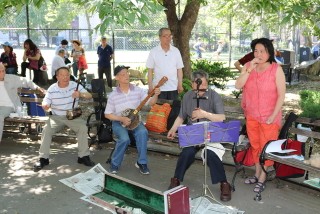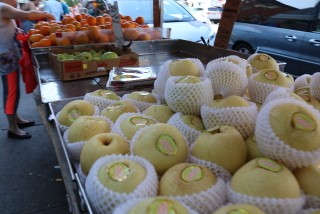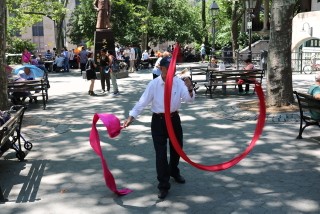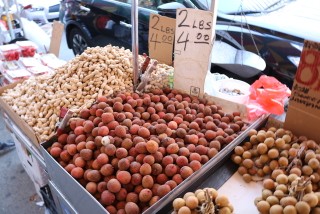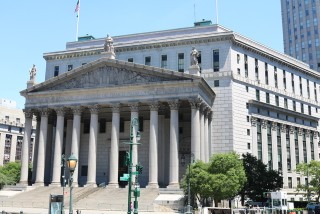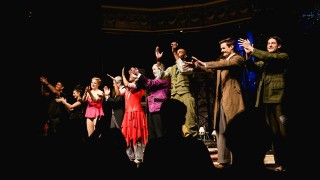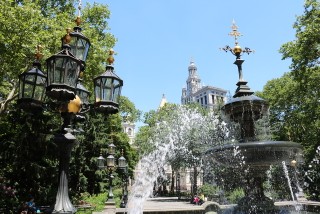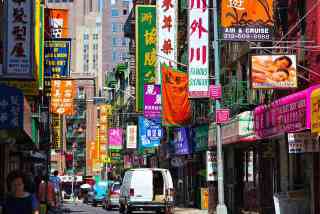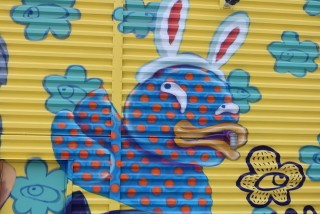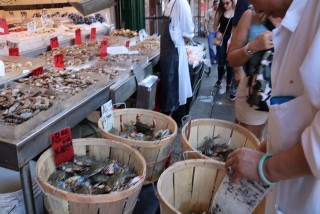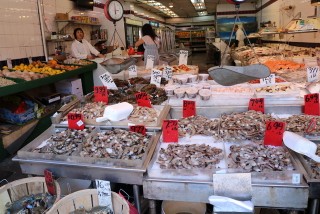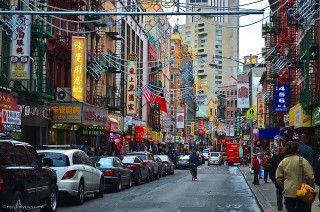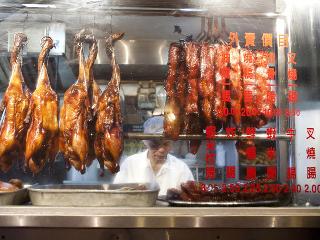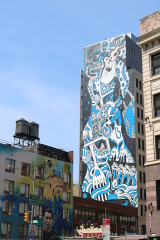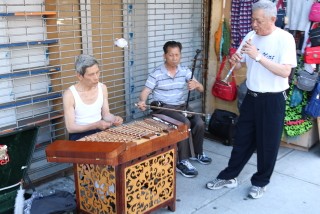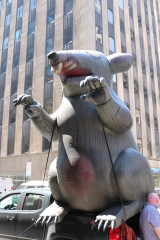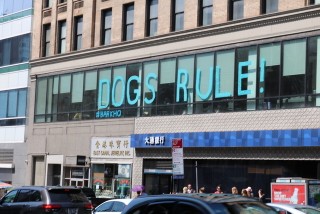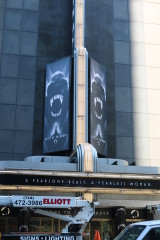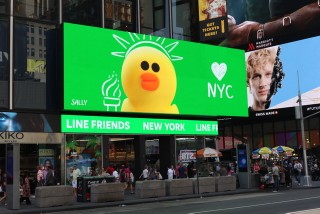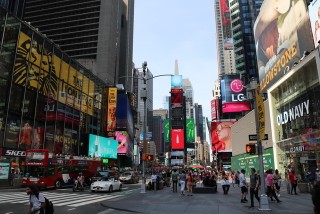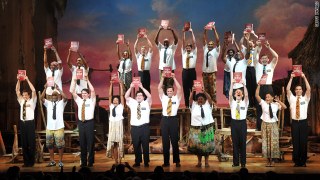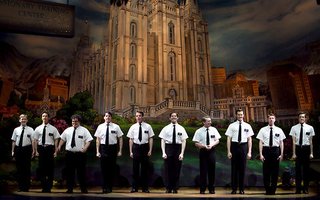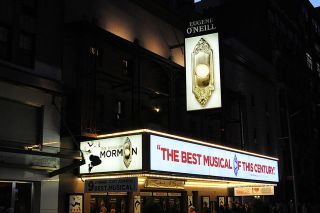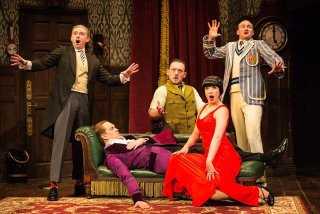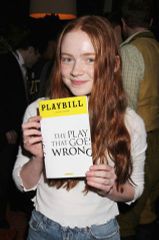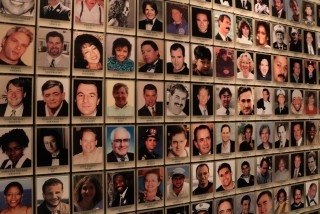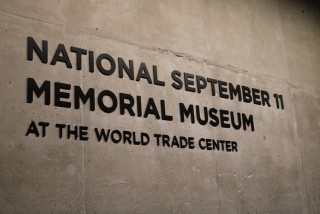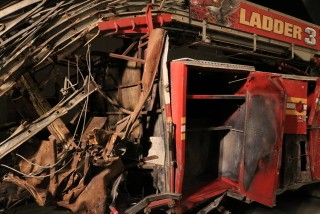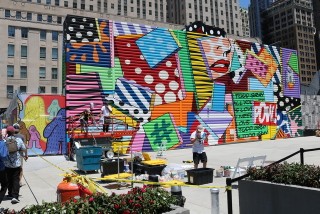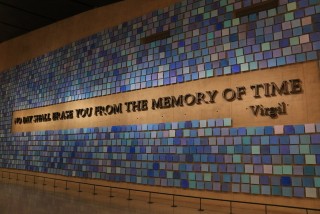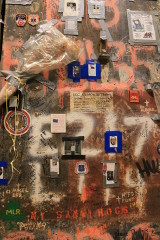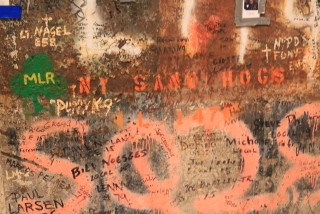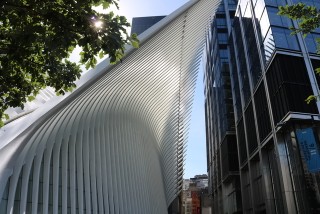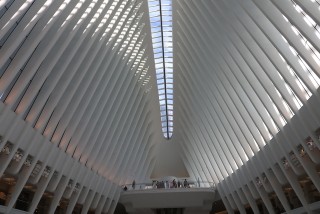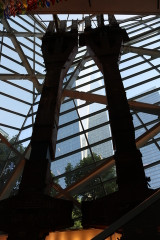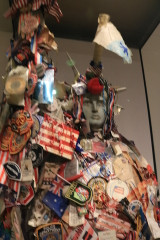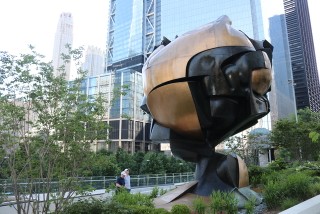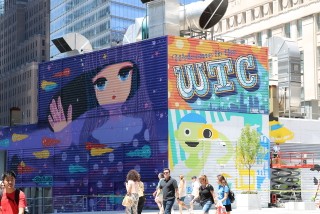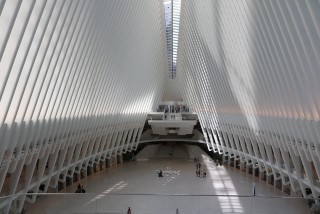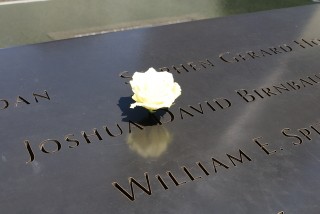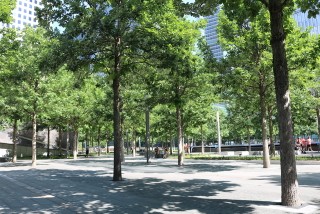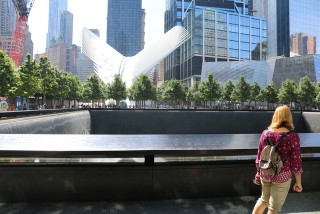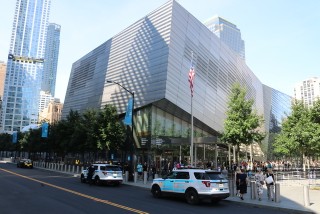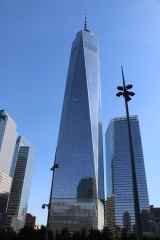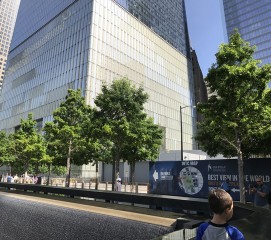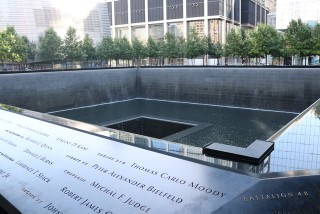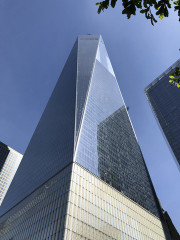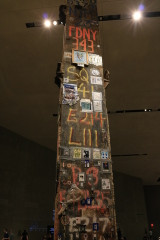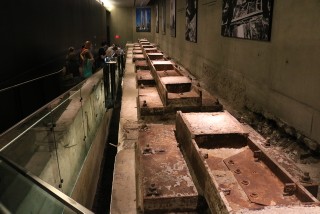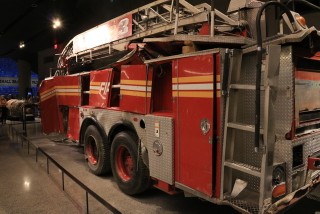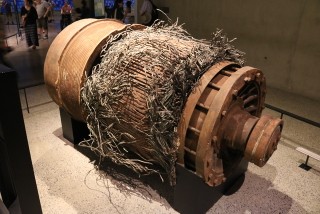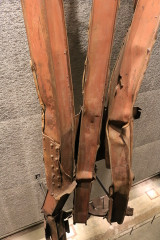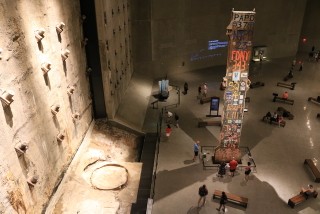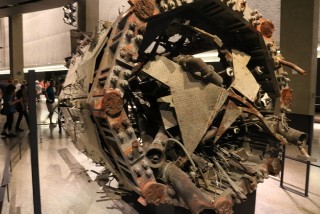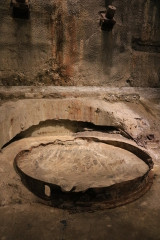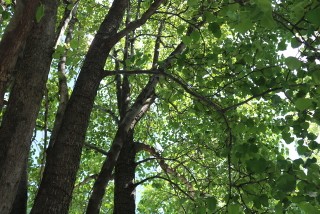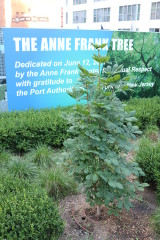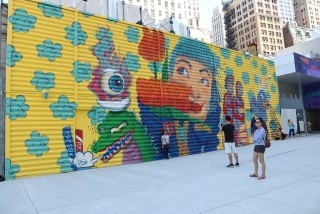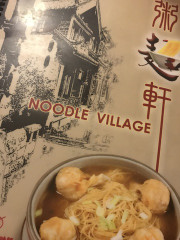Chinatown
June 20,
2018
Chinatown
Chinatown
in Manhattan is home to one of the largest population of Chinese in the western
hemisphere. While it is one of a dozen Chinatowns scattered throughout the New
York metro area that includes Chinatowns in Queens, Brooklyn, Staten Island,
the Bronx and Flushing. It is probably the most famous as it has been featured
in countless films and TV shows and is famous for being the hub of Chinese
culture in America.
Wondering
in to Chinatown really is like traveling suddenly to a foreign country.
Cantonese is the most prevalent language and the signs, restaurant menus and
just about everything is written in Chinese. Markets selling everything from
fresh fruits and vegetables to freshly caught seafood and just about all types
of food stores are scattered in between a plethora of Chinese restaurants.
Chinese greengrocers and fishmongers are clustered around
Mott Street, Mulberry Street, Canal Street (by Baxter Street), and all along East
Broadway (especially by Catherine Street). The Chinese jewelers' district is on
Canal Street between Mott and Bowery. Due to the high savings rate among
Chinese, there are many Asian and American banks in the neighborhood. Canal
Street, west of Broadway (especially on the North side), is filled with street
vendors selling knock-off brands of perfumes, watches, and handbags.
The Chinatown restaurant scene is large and vibrant, with
more than 300 Chinese restaurants in the neighborhood providing employment
opportunities for residents as well as wonderful dining options for locals and
visitors alike. Kathy and I found a great restaurant using trip advisor and
enjoyed an amazing lunch and then spent time wandering the shopping areas and
parks of the area.
Like much of New York, Chinatown has a vibrancy that is
difficult to explain without experiencing it. The parks are filled with music,
meditation and the usual children playing. Small groups of Chinese musicians
playing traditional Chinese music can be found throughout the area and it is
just a beautiful scene. Of course Chinatown is not without its problems as
well, crime is an issue, especially against tourists and gentrification is
continually chipping away at the area as Chinese residents are having to move
out to outer Chinatowns to be able to afford to make a living, thus destroying
the very thing that attracted people to begin with.
But Kathy and I still love it there, the energy, the kindness
of the people, the deliciousness of the food and the fun of shopping in truly
foreign environments makes Chinatown a must stop when we visit, New York City.
We also love Little Italy, but did not have the time this trip to make it
there.
It was early evening when we got back to our Times Square
hotel and we had no big plans for the evening. We decided to try and go to see
the “Book of Mormon” on Broadway. The show was sold out, but a little known
fact is that there is a cancelation line where you can potentially score last
minute tickets if there happen to be any cancelations. Kathy and I were fourth
and fifth in line and just our luck there were four canceled seats. Since I had
already seen the show twice, I urged Kathy to take the final seat (in the
fourth row no less), while I went over to the half price TKTS booth on Broadway
to see what other shows might have tickets available.
I ended up getting a great single seat to see “The Play
That Goes Wrong” based mostly on the good recommendation from my friend Leigh,
who had seen it on a recent visit to the city. I knew that Kathy would love the
hilarious, inappropriate and at times raunchy “Book of Mormon”, I did not
expect to enjoy the one I saw so much.
The play features a play within a play as the fictitious
Cornley Polytechnic Drama Society, fresh from such hits as “The Lion and The Wardrobe”,” Cat”, and” James and the Peach” or “James,
Where's your Peach?”, has received a substantial bequest and is putting
on a performance of “The Murder at
Haversham Manor” – a 1920s murder mystery play, which has the right
number of parts for the members. During the production a plethora of disasters
befall the cast including doors sticking; props on the walls falling down;
floors collapsing. Cast members are seen misplacing props; forgetting lines (in
one scene, an actor repeats an earlier line of dialogue and causes the dialogue
sequence triggered by that line to be repeated, ever more frenetically, several
times); missing cues; breaking character; having to drink white spirit instead
of whisky; mispronouncing words; stepping on fingers; being hidden in a grandfather
clock; and being manhandled off stage with one cast member being knocked
unconscious and her replacement (and the group technician) refusing to yield
when she returns.
It was also interesting to see Sadie Sink, the young girl
who was added to the cast of one of my favorite Netflix shows, “Stranger Things”
sitting a few seats down from me. I felt kind of bad for her because even at
such a young age she was kind of besieged with fans, she was cool about it
though, posing for photos and signing autographs during the intermission. I did
get a photo since she was posing already but it still seemed a little weird. It
was a fantastic night of theatre for both Kathy and me, and we met up later to
enjoy some famous Ray’s Pizza and check out Times Square at night once again.
Another great day in New York City.
